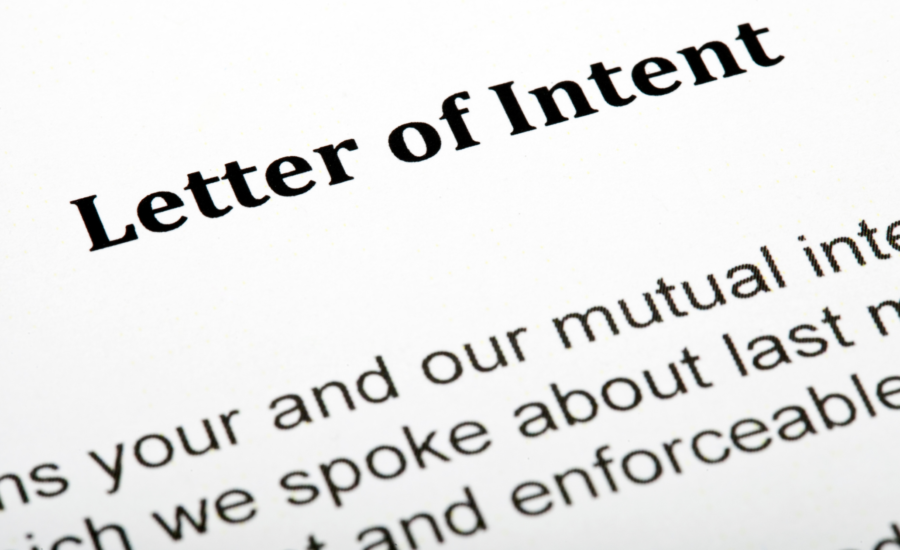If you are in the process of selling or acquiring a small company, you have probably come across the term “Seller's Discretionary Earnings” or SDE. In essence, SDE is the foundation of business valuation for small businesses. It is a crucial concept that enables savvy buyers to gain a deeper understanding of a business’s story.
Anyone looking to acquire a business wants to know two things:
- “How much money will I make from this business?
- “How do the price and earnings of this business compare to other similar businesses of the same size?”
SDE comes in when answering these two questions. That said, let’s examine this often-misunderstood term and explain how you can recast the financials of a business to calculate its SDE.
How Small Businesses Are Valued Based on Seller’s Discretionary Earnings (SDE)
Seller's Discretionary Earnings is a cash-flow-based valuation that shows the total benefit you would derive from a company by working full time in a business. Generally, it's a measure of business earnings derived by adding back interest, taxes, depreciation, amortization, and other adjustments, including benefits and expenses paid for by the business and owner compensation.
It is calculated to provide potential buyers with a more comprehensive picture of their expected return on investment (i.e., how much of the cash flow will you put in your bucket after closing). Plus, as a seller, calculating your SDE allows you to maximize the value of your business before starting sales negotiations.
SDE is very similar to another term that tends to show up when valuing a business for sale: Earnings Before Interest Taxes Depreciation and Amortization (EBITDA).
Like SDE and as its name implies, EBITDA is the net earnings of a business adding back any interest expenses, taxes, depreciation, and amortization. The difference between the two is that SDE adds back the owner's salary and benefits to show what a full-time owner-operator would earn. EBITDA, on the other hand, is adjusted for any excessive compensation and benefits an owner would make compared to a manager. In short, SDE should always be a larger number than EBITDA.
SDE is primarily used in the valuation and sale of small businesses, not exceeding $5 million in revenue. Larger companies tend to be valued using EBITDA.
How To Calculate and Improve Your SDE
Calculating your SDE is relatively simple. Start with your net profit and add back any items deducted from your net profit. An add back is simply any expense that is considered discretionary for the seller. In other words, the buyer would not be responsible for those expenses after purchasing the business. The problem comes in when determining what to add back to the net profit.
Let’s explain with an example. XYZ Company is a small business with a full-time owner-operator who takes a salary of $150,000 per year. During the valuation period, the company posted a net profit of $300,000. The non-essential expenses during that period included:
- Owner’s salary expenses - $150,000
- Owner’s payroll taxes - $17,000
- Charitable contributions - $2,000
- Non-recurring equipment upgrades - $5,000
- Owner’s fuel expenses - $3,000
- Depreciation - $7,800
- Interest expense - $1,800
Total non-essential expenses total $186,600, which when added back to the net profit, result in an SDE of $486,000.
Another way to calculate SDE is to subtract any expenses that will continue recurring after the sale of the business from the gross profit.
How Much Will a Buyer Pay for Your Company?
To improve your SDE, it is important to keep accurate records that clearly show which expenses are critical to the business and which are discretionary. Discretionary expenses are not essential to running your company, like travel and meal expenses or staff events.
Also, note that your SDE does not speak to the long-term value of your business. Using an SDE multiplier based on trends in your market, the size of your business, and your company's assets can aid in determining the fair market value of your company. For this reason, here at Private Practice Transitions, we use six general rules of thumb: Starting Point, Ownership Transition, Relationships, Client Concentration, Profitability, and Final Value Estimate to develop a comprehensive valuation of your company.
If you are interested in a more detailed and precise valuation performed by a Certified Business Intermediary (CBI), let our team perform a broker’s Opinion of Value (OOV). Our team uses a combination of factors when performing each valuation including comparing your business to comparable transactions, analyzing trends in gross revenues, SDE (seller’s discretionary earnings), and EBITDA (earnings before interest, taxes, depreciation, and amortization), as well as other intangible and tangible factors that make your business unique.







